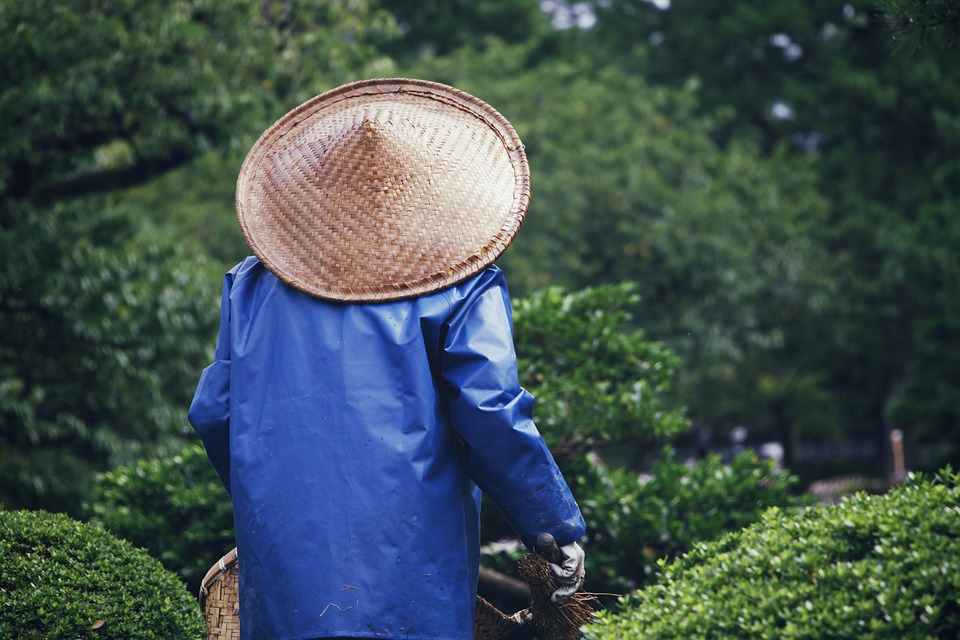Growing herbs indoors can be a rewarding and sustainable way to have fresh ingredients at your fingertips year-round. Whether you live in a city apartment with limited outdoor space or simply want the convenience of having aromatic herbs within arm’s reach, indoor herb gardening can be an excellent solution. Not only does it enhance your culinary endeavors, but it also adds a touch of greenery to your home environment. Here’s a step-by-step guide to help you get started.
Choosing the Right Herbs
The first step in growing herbs indoors is selecting the right varieties. Some herbs are better suited for indoor growth due to their smaller sizes and relatively low maintenance needs. Here are some ideal candidates:
- Basil: Requires plenty of light and warmth. Great for Italian cuisine.
- Mint: Tolerates lower light levels and spreads quickly.
- Thyme: A hardy herb that requires minimal care.
- Parsley: Slow-growing and thrives in indirect sunlight.
- Cilantro: Quick-growing but needs frequent watering.
- Chives: Easy to grow and can handle low light.
- Rosemary: Likes bright light and dry soil conditions.
- Oregano: Prefers strong sunlight and well-drained soil.
Pot Selection and Preparation
Choosing the right pots is essential for healthy herb growth. Here are some key considerations:
- Size: Most herbs do well in pots that are at least 6-12 inches in diameter. This allows adequate room for root growth.
- Material: Terra cotta pots are porous and help with soil aeration. Plastic pots are easier to handle and retain moisture better.
- Drainage: Ensure that your pots have drainage holes to prevent waterlogging, which can lead to root rot.
Soil and Fertilization
The soil you use can significantly impact the health of your indoor herbs. Here’s what you need to know:
- Soil: Use a high-quality, well-draining potting mix. Avoid using garden soil as it can compact and restrict root growth.
- Fertilizer: Herbs aren’t heavy feeders, but they benefit from occasional feeding. Use a balanced, water-soluble fertilizer every 4-6 weeks to ensure they get essential nutrients. Organic options like compost tea are also excellent.
Light Requirements
Light is crucial for the health and growth of your herbs. Most herbs require 6-8 hours of light per day:
- Natural Light: Place your herbs on a south-facing windowsill where they can receive ample sunlight. East and west-facing windows can also work, but may require additional lighting.
- Artificial Light: If you lack sufficient natural light, consider using grow lights. LED grow lights are energy-efficient and can be customized to provide the optimal light spectrum for herb growth. Position the lights about 6-12 inches above the plants.
Watering
Proper watering is essential to prevent issues like root rot or dry, wilted plants. Here’s how to keep your herbs hydrated:
- Consistency: Most herbs prefer their soil to dry out slightly between watering. Stick your finger into the soil about an inch deep; if it feels dry, it’s time to water.
- Method: Water the base of the plant rather than the foliage to prevent fungal diseases. Ensure excess water drains out to avoid waterlogged roots.
- Humidity: Indoor environments can be dry, especially during winter. Using a humidifier or placing a tray of water near your plants can help maintain adequate humidity levels.
Pruning and Harvesting
Regular pruning not only keeps your herbs healthy but also encourages bushier growth. Here’s how to do it:
- Pruning: Pinch back new growth to promote a fuller plant. Remove any dead or yellowing leaves to prevent disease.
- Harvesting: Use sharp scissors or garden shears to snip off the herbs you need. Aim to harvest leaves in the morning when their essential oils are most concentrated. Avoid taking more than one-third of the plant at a time to ensure continued growth.
Pests and Diseases
While indoor herbs are less susceptible to pests and diseases than their outdoor counterparts, issues can still arise:
- Pests: Keep an eye out for common indoor pests like aphids, spider mites, and whiteflies. Neem oil or insecticidal soap can be effective treatments.
- Diseases: Fungal diseases like powdery mildew can appear if humidity levels are too high. Good air circulation, proper watering, and the removal of affected leaves can help manage these issues.
Seasonal Care
Different seasons require different care strategies to keep your indoor herb garden thriving:
- Winter: Indoor air can be dry, so increase humidity and reduce watering frequency. Ensure your plants get enough light, using grow lights if necessary.
- Summer: Herbs might require more frequent watering due to increased heat and light. Be mindful of sunburn; if your herbs start looking scorched, move them slightly back from direct sunlight.
Advanced Tips
Here are some advanced strategies for the enthusiastic indoor gardener:
- Hydroponics: Growing herbs in a soilless medium using nutrient solutions can produce faster growth and higher yields. Hydroponic kits are widely available for home use.
- Companion Planting: Some herbs thrive when grown together due to mutual benefits. For example, basil and oregano work well together, providing mutual pest control.
- Rotation: Rotate your pots every now and then to ensure even light distribution, promoting uniform growth.
Conclusion
Growing herbs indoors is a delightful endeavor that brings fresh flavors to your meals and a sense of accomplishment to your gardening efforts. With the right herbs, proper pots, quality soil, adequate light, and attentive care, you can cultivate a thriving indoor herb garden. So go ahead, start planting and experience the joy of harvesting fresh herbs inside your home!


